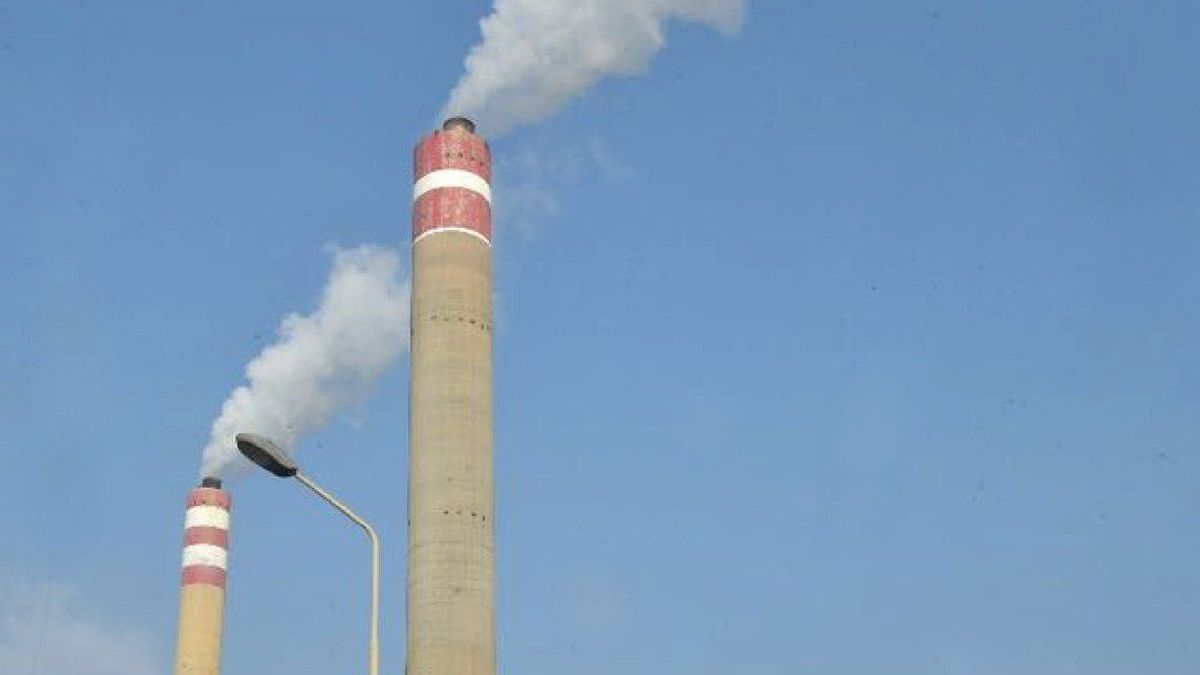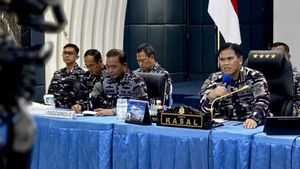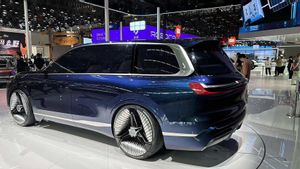JAKARTA - Coal-fired Steam Power Plant (PLTU) still dominates the national source of electricity supply. Not only in Indonesia, the use of coal for PLTU is also still being used in various countries.
Along with that, various technological innovations have also been implemented to reduce the level of pollution from the production process. The opinion that says that PLTU is one of the biggest emitters is considered by many circles is no longer relevant.
Apart from reducing emissions, the application of technology also makes the use of fuel more effective and efficient. For example, Ultra Super Critical (USC) technology, allows for increased efficiency of power plants through the process of controlling the pressure and temperature of the steam that enters the turbine.
When the pressure and temperature are higher, the efficiency level will also be higher. It will make it even lower carbon.
In terms of availability, coal reserves in Indonesia are still very large, around 37.6 billion tons. Not to mention the coal resources that reach 149 billion tons.
Taking into account the size of these coal resources and reserves, the National Energy Council (DEN) through the National Energy Policy General Plan (KEN) through Presidential Decree No.22 / 2017, has set the energy mix for coal at 30 percent in 2025 and 25 percent in 2050.
"For PLN, it has confirmed that coal is considered as an energy fuel for highly efficient generators," said Singgih Widagdo, Chair of the Indonesia Mining and Energy Forum (IMEF), Friday, January 8.
Moreover, in the use of coal in the country, the Government (ESDM) sets the price of coal for general electricity needs, not based on the coal price index in the international market. On the other hand, the government has ratified the Paris Agreement which requires maintaining the climate with efforts in the environmental sector.
He also said that it is not easy to get bank international funding in building coal-fired power plants, except for those built with super-critical or ultra super-critical technology. Therefore, Singgih believes that PLTU technology is now clearly environmentally friendly.
"From the current conditions (the magnitude of demand and the existing electricity system), coal certainly remains a strategic choice," said Singgih.
Meanwhile, an energy economy observer from Gadjah Mada University (UGM), Fahmy Radhi, said that actually PLN has developed various innovations for coal-fired power plants. Thus, the existence of PLTU-PLTU is more environmentally friendly.
"The hope is that the existing PLTUs that are being built using coal should be obliged to use conversion, so that their output will be cleaner for the environment," Fahmy said.
He assessed that the use of coal in the PLTU is still very relevant for now and the years ahead. Moreover, the availability of coal in Indonesia is still a lot.
"If we see 57 percent of power plants still use coal," he added.
He proposed to the government to oblige PLTU to enter a new era in the use of coal with advanced technology such as the use of USC, using EQCS (Emission Quality Control System) which implements FGD (Flue Gas Desulfurization) which minimizes sulfur.
This technology is used to remove sulfur dioxide from generator exhaust emissions. FGD makes the SO2 content released into the atmosphere, not polluting the air. Efforts to minimize emissions are also carried out with SCR (Selective Catalytic Reduction) technology which eliminates NOx emissions so that they become harmless particles.
"These technologies have been used and proven to be more environmentally friendly. I think PLN has a commitment to that, we just need to remind you," he said.
Regarding the emission produced by the PLTU process, a member of Commission VII DPR RI, Kardaya Warnika, said that it cannot be denied. The same is true for all power plants, not just coal.
However, he said, currently there is technology that can reduce these emissions to lower levels. "But there is a clean technology to reduce emissions so they can be lower, he stressed.
The English, Chinese, Japanese, Arabic, and French versions are automatically generated by the AI. So there may still be inaccuracies in translating, please always see Indonesian as our main language. (system supported by DigitalSiber.id)













